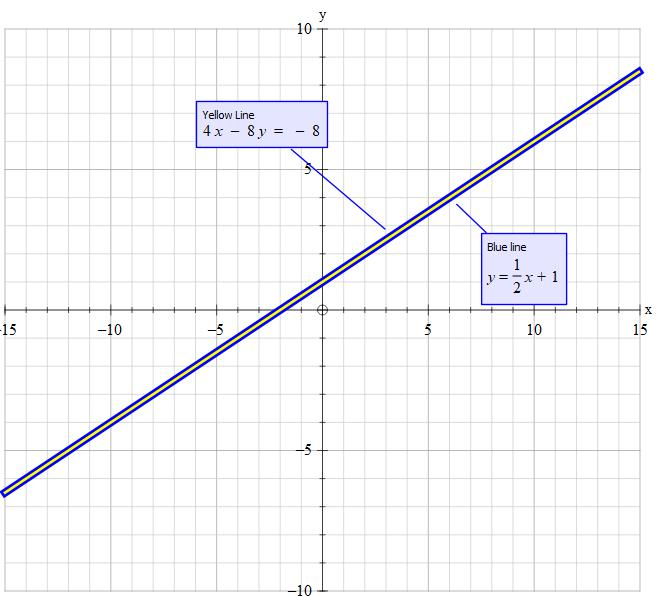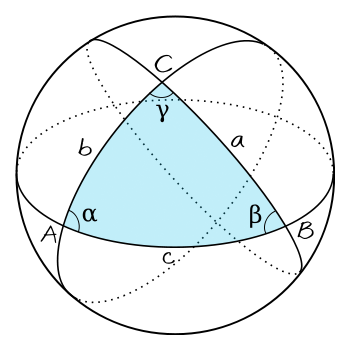I am unsure of a few steps. Can someone help me?:)
Solve each system by the graphing method.
y = 1/2x + 1
4x - 8y = -8
a. Infinite solutions
b. (1, -8)
c. (1, 4)
d. No solution
Solve each system by the graphing method.
y = 1/2x + 1
4x - 8y = -8
a. Infinite solutions
b. (1, -8)
c. (1, 4)
d. No solution
2 Answers
a.) Infinite Solutions
Explanation:
graph{y=0.5x+1 [-10, 10, -5, 5]}
By graphing both on a plot, we can see that they are the same line. Therefore, there are infinite solutions to this.
If you wanted to do it analytically, you could solve the second equation for y:
This equation is equal to the first equation, so there will be infinite solutions.
Hope this helped!
Very detailed explanation given in the beginning using first principles to demonstrate where the shortcut methods come from.
Explanation:
Given:
~~~~~~~~~~~~~~~~~~~~~~~~~~~~~~~~~~~~~~~
It is much easier to graph a straight line equation if it is in the form
Lets manipulate
We need to 'get rid of the
subtract
We need to get rid of the
Divide all of
Make
~~~~~~~~~~~~~~~~~~~~~~~~~~~~~~~~~~~~~~~~~~~~~
Notice that
This means that
So there is an infinite count of shared points
 Tony B
Tony B


